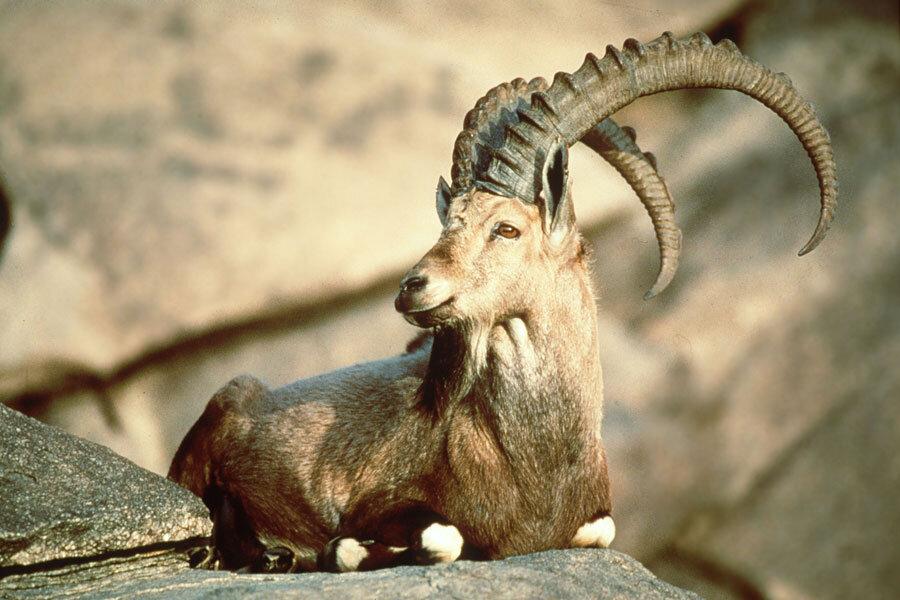The Pyrenean ibex, also called the bucardo, was one of four subspecies of the Spanish ibex. Endemic to the Iberian Peninsula, male ibex were known for their large curving horns. The surfaces of the horns were ridged, and experts believe that the male ibex grew a ridge a year with the total horn corresponding to the ibex’s age. Female Pyrenean ibex are said to have looked very similar to female deer.
Definite reasons for the their extinction are unknown, but hunting had continuously shrunk the population over the past 200 years. Experts also suggest that introduced species such as domestic goats, cattle, and horses contributed to the decline. The last bucardo, a female named Celia, was killed in 2000 after it was hit by a falling branch.
Since Celia’s death, scientists have been working on a cloning experiment in hopes of restoring the Pyrenean ibex. Using frozen skin samples taken from Celia in 1999, scientists made more than 50 cloned embryos by inserting the ibex’s DNA into empty domestic goat eggs. Only one was carried to term, and it lived only a few minutes.







